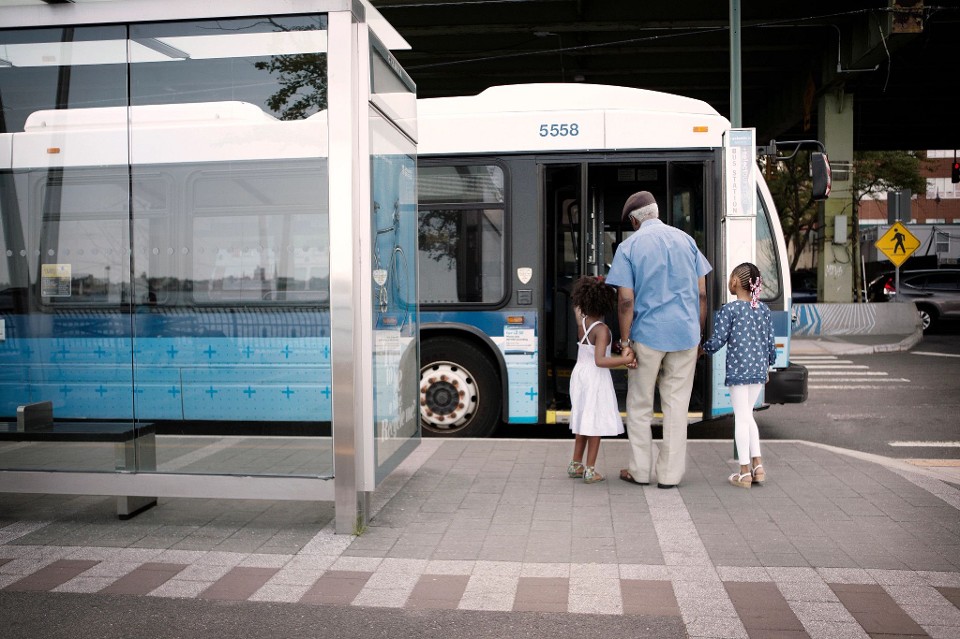3 ways to improve passenger safety within your transit agency
To get more people on board trains, buses, and subways, commuters want a strong sense of safety while they wait at stops, platforms, or terminals. Here are three tips to improve safety within your mass transit agency.

It’s no secret that public transportation produces lower emissions (per passenger mile) than private vehicles. According to an article by the University of California, taking transit for even just a few trips can lower the carbon footprint of an average household by up to three tons of emissions annually.
The City of Amsterdam now has more bikes than cars, and over 60% of trips are made by bike or public transport. This has positively impacted air quality, with emissions from traffic declining by almost 50% since 1990.
But if there is so much to gain, why don’t more cities get on board with promoting public transportation?
Why increasing ridership today is challenging
Many people refuse to use public transportation. The convenience of ride-share apps and heightened concerns of theft and assaults can dissuade potential passengers from mass transit options. Whether travelling to work on a Monday morning or to a concert on a Saturday afternoon, city dwellers want to know their journey will be uninterrupted and easy. More than that, they want to know that they’ll be safe.

It’s why many mass transit agencies today, including the Massachusetts Bay Transportation Authority (MBTA), are using the latest security technology to enhance passenger safety in terminals, depots, and fleets. The good news is that your agency can benefit from this too. Here’s how:
1. Unify your security systems to speed up response
Your team is likely using several technologies to secure your transit operations. Today, operators manage everything from video surveillance and access control to metal detectors and perimeter detection systems. With all these new sensors, a vast amount of information is streaming into control rooms, making it difficult for your operators to be efficient.
That’s why many cities are merging disjointed technologies into a unified security platform. Through a single pane of glass, your operators can access data from many different systems. All alarms are synched to video so your team can quickly make decisions in response to whatever is happening.
2. Federate video systems to enhance collaboration
As more cities expand their network infrastructure, public and private entities are upgrading from legacy analog video surveillance to IP technology. These new systems provide more connectivity and access to new capabilities, which foster collaboration. This allows your mass transit agency to add more cameras and expand video monitoring from terminals and maintenance facilities to onboard buses and trains.
You can also securely share video footage with law enforcement, dispatchers, and first responders. So, whether you’re securing a major city event or handling an unplanned incident, everyone involved can see what is happening and, if required, coordinate the fastest and most effective response to any situation.
3. Use video analytics to detect safety concerns
Your terminals, storage sites, and maintenance depots can span city blocks. This alone makes it difficult for your operators to spot potential threats or safety hazards. It’s why many mass transit agencies are unifying video analytics within their security platform.
Perimeter or crossline detection analytics can detect if someone unlawfully enters a bus depot. Video analytics can also alert operators to suspect bags in a terminal, or when someone gets too close to the edge of a subway and train platform.
You can also use analytics to collect data about terminal usage or passenger movement, which can lead to future service improvements. To become compliant with data protection regulations, you can choose privacy masking analytics that blurs people’s identities.
Get on board with the latest mass transit security technologies
To get more people on board trains, buses, and subways, your mass transit agency must ensure commuters have a strong sense of safety as they wait in terminals and board fleets. That starts with choosing the right security platform.
